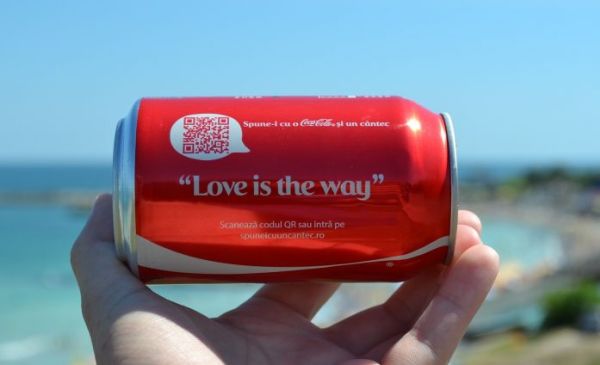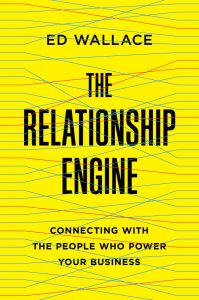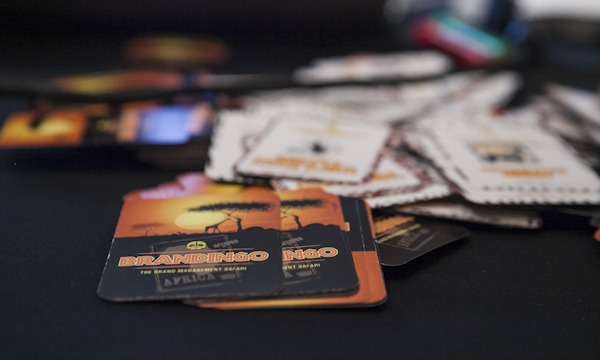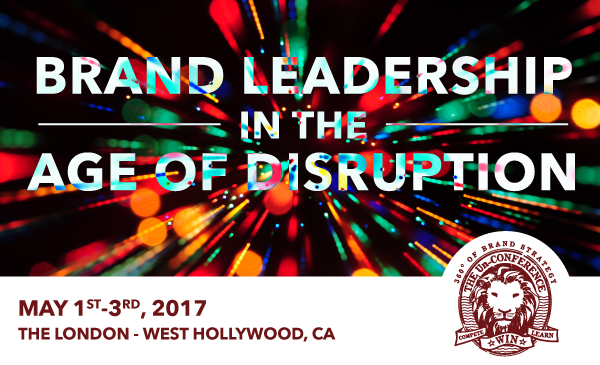
Marketers are no longer in the advertising business; we are in the relationship business.
How do we know what people are feeling before we even speak to them about a solution? In this new norm, listening—not dialoguing—is the barometer. Listening gives us an indicator of what people are feeling. These days, if you want to go out of business, keep having one-way discussions about using advertising. If you want to sustain long-term success, however, cultivate relationships by listening first and then having a dialogue in which the other party’s emotional investment takes precedence.
Marketers need to spend less time advertising to their customers and more time connecting with them, growing with them, and listening to them. The path to this relationship is creativity, not knowledge. No amount of knowledge can help you in this situation.
While many companies and agencies rush to hire social media strategists, digital experts, and chief content officers, forward-thinking organizations are building influencer programs or hiring chief influencers. Some employees are simply becoming influencers without a mandate because of the abundance of publishing platforms and networks at their service, like LinkedIn, Pulse, and Medium. These programs are a combination of diagnosing customer feedback mixed with amplifying company insights in a robust, ongoing dialogue. Several of these influencers have a mixture of skills including:
+Product and competitive product awareness
+Awareness of technology evolution
+Product research and development
+People relations
+Thought leadership
+Controversial points of view
The ability to connect and listen to customers and other influencers directly within a line of business may seem antithetical to our long-held perspective on brand marketing. Yet this creative destruction uses two key elements to help customers learn and make decisions: debate and ongoing conversation.
Unfortunately, not everyone has the qualities needed to create these new programs. In the rush to be on trend with what they consider new, many organizations try to establish a foothold in a discipline in which they don’t have much investment, or they will shape it to have the look and feel of an advertising campaign. We know how successful that will be.
Seek Out Creative Hybrids
To navigate this new, creative economic growth territory, the best way to be a marketer is to not be a marketer at all. Instead, it is to be a media company. For years, media companies struggled with digital formats, but lately they seem to be crossing the chasm. The New York Times, Washington Post, and even Condé Nast have embraced new ways of thinking. Armed with content, data, and creative talent, BuzzFeed, Vox, Mashable, and many new media outlets have successfully pushed the envelope, reimagining what media should look and feel like. And the titans have perked up. NBC/Universal is heavily invested in both BuzzFeed and Vox. Even big media legacies realize the power of data-driven, creative-hybrid outlets.
While brands continue to navigate this new world, it’s important to note who is on your team and how the team handles working in this environment. So, ditch the “MBAs preferred” approach to marketing and embrace the 50/50 creative-hybrid approach. You can start by building on and improving these seven personality traits for your team:
1. Listening Skills. Listening is essential to future success. To truly find out what’s interesting in the world and how it links with other things, you need to possess amazing listening skills. This flies in the face of conventional marketing, which has always believed in amplification. Yet as we know, those who do all the talking cannot stay silent long enough to listen and learn. Know when to shut up.
2. Curiosity. Rather than trying to find something interesting in everything, pay attention to the things you genuinely find interesting—no matter how obscure, silly, embarrassing, or irrelevant they may seem. Because when you are curious, you bring your whole self to whatever you’re doing. You give it your full attention, and you have the energy and persistence you need to do something innovative.
3. Emotional Intelligence. I believe that a greater awareness of emotional intelligence (EI) will lead to more women taking positions of power in marketing and in embracing disruptive marketing. Some industries are becoming so competitive that effective marketing is no longer a numbers game. Instead, it is about connecting with customers and clients in meaningful ways. This connecting entails building friendships with your target audience so they adopt your culture. Those entrepreneurs who can successfully walk in the shoes of their customers almost always create a foolproof model for success and longevity.
4. Creativity. Steve Jobs famously said,
Creativity is just connecting things. When you ask creative people how they did something, they feel a little guilty because they didn’t really do it. They just saw something. It seemed obvious to them after a while; that’s because they were able to connect experiences they’ve had and synthesize new things. And the reason they were able to do that was that they’ve had more experiences or they have thought more about their experiences than other people. Unfortunately, that’s too rare a commodity. A lot of people in our industry haven’t had very diverse experiences. In the creative economy, every profession requires some degree of creativity. Creativity is taking preexisting elements and integrating them in a way that has never been done before, with the aim of improving conditions. Indeed, some may argue that creativity is the source of all innovations and improvements. And how you build that creative vision is through experience. How you gain experience is by doing as many different things as possible. You never know how those experiences will influence the future.
5. Customer Centricity. In the book Free: The Future of a Radical Price, Chris Anderson counts the ways that giving away content can help boost your business and build your tribe. He argues that many individuals under the age of thirty aren’t used to paying for digital information when they know they can find it somewhere online for free. By tapping into this demand for getting something for nothing, you can attract and maintain a loyal audience while building premiums as you go. Some feel this flies in the face of monetization. Again, a growth hacker builds via customer experience, whereas an MBA-trained brand marketer uses monetization. The former is thinking about the customer; the latter is thinking simply about the company.
6. Story Making. Marketing is no longer about corporate storytelling, mind tactics, manipulation, or persuasion. It’s about inspiring your audience to tell a story by using media in new and different forms. Ask yourself, “What story does my business allow others to build or make? How do they help translate a narrative with their POV to others?”
7. Generalist Experts. If you’re a marketer and still don’t understand how paid social targeting works, you should make an effort to improve your knowledge and skill set in this area. If you’re good with pay-per-click advertising and data, but you don’t understand the creative process that goes into producing video, creating imagery, or design, make an effort to learn more about how creative content is
actually made. Don’t be an expert in one area. Be an expert in both.
Learn how to keep your brand relevant in the 21st Century in my new book Disruptive Marketing.
Compete. Win. Learn. Join us in Hollywood, California for Brand Leadership in the Age of Disruption, our 5th annual competitive-learning event designed around brand strategy.
The Blake Project Can Help: The Brand Positioning Workshop
Branding Strategy Insider is a service of The Blake Project: A strategic brand consultancy specializing in Brand Research, Brand Strategy, Brand Licensing and Brand Education
FREE Publications And Resources For Marketers
























